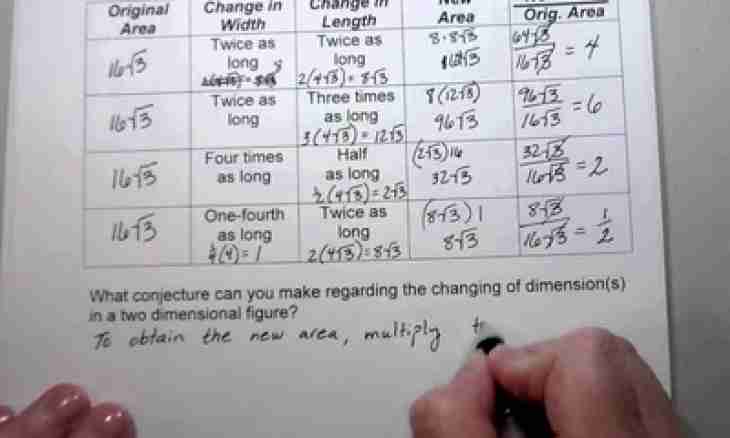Function gradient – the vector size which finding is connected with definition of private derivatives of function. The direction of a gradient specifies a way of the fastest growth of function from one point of the scalar field to another.
Instruction
1. For the solution of a task on a gradient of function methods of differential calculus, namely finding of private derivatives of the first order on three variables are used. At the same time it is supposed that function and all its private derivatives have property of continuity in a function range of definition.
2. The gradient is a vector which direction specifies the direction of the fastest increase of function F. For this purpose on graphics two points of M0 and M1 which are the ends of a vector are chosen. The size of a gradient is equal to the speed of increase of function from M0 point to M1 point.
3. Function is differentiated in all points of this vector, therefore, vector projections on coordinate axes are all its private derivatives. Then the formula of a gradient looks as follows: grad = (∂F / ∂ x) • i + (∂F / ∂ y) • j + (∂F / ∂ z) • k where i, j, k are coordinates of a single vector. In other words, the gradient of function is a vector which coordinates are its private derivative grad F = (∂F / ∂ x, ∂F / ∂ y, ∂F / ∂ z).
4. Primer1. Let function F = be set by sin (x • z²) / y. It is required to find its gradient in a point (π/6, 1/4, 1).
5. Decision. Determine private derivatives by each variable: F’ _kh = 1/y·sos (x • z²) • z²; F’ _y = sin (x • z²) • (-1) • 1/(y²); F’ _z = 1/y·sos (x • z²) • 2 · x • z.
6. Substitute the known values of coordinates of a point: F’ _x = 4·sos(π/6) = 2•√3; F’ _y = sin(π/6) • (-1) • 16 =-8; F’ _z = 4·sos(π/6)·2 · π/6 = 2 • π/√ 3.
7. Apply a function gradient formula: grad F = 2•√3•i – 8 · j + 2 • π/√ 3•k.
8. Primer2. Find function F gradient coordinates = y · arctg (z/x) in a point (1, 2, 1).
9. Decision.F’ _kh = 0·arstg (z/x) + y • (arctg (z/x))’ _kh = y•1/(1 + (z/x)²) • (-z/x²) = - y•z/(x ²\• (1 + (z/x)²)) =-1; F’ _y = 1·arstg (z/x) = arctg 1 = π/4; F’ _z = 0·arstg (z/x) + y • (arctg (z/x))’ _z = y•1/(1 + (z/x)²) • 1/x = y / (x • (1 + (z/x)²)) = 1.grad = (-1, π/4, 1).

